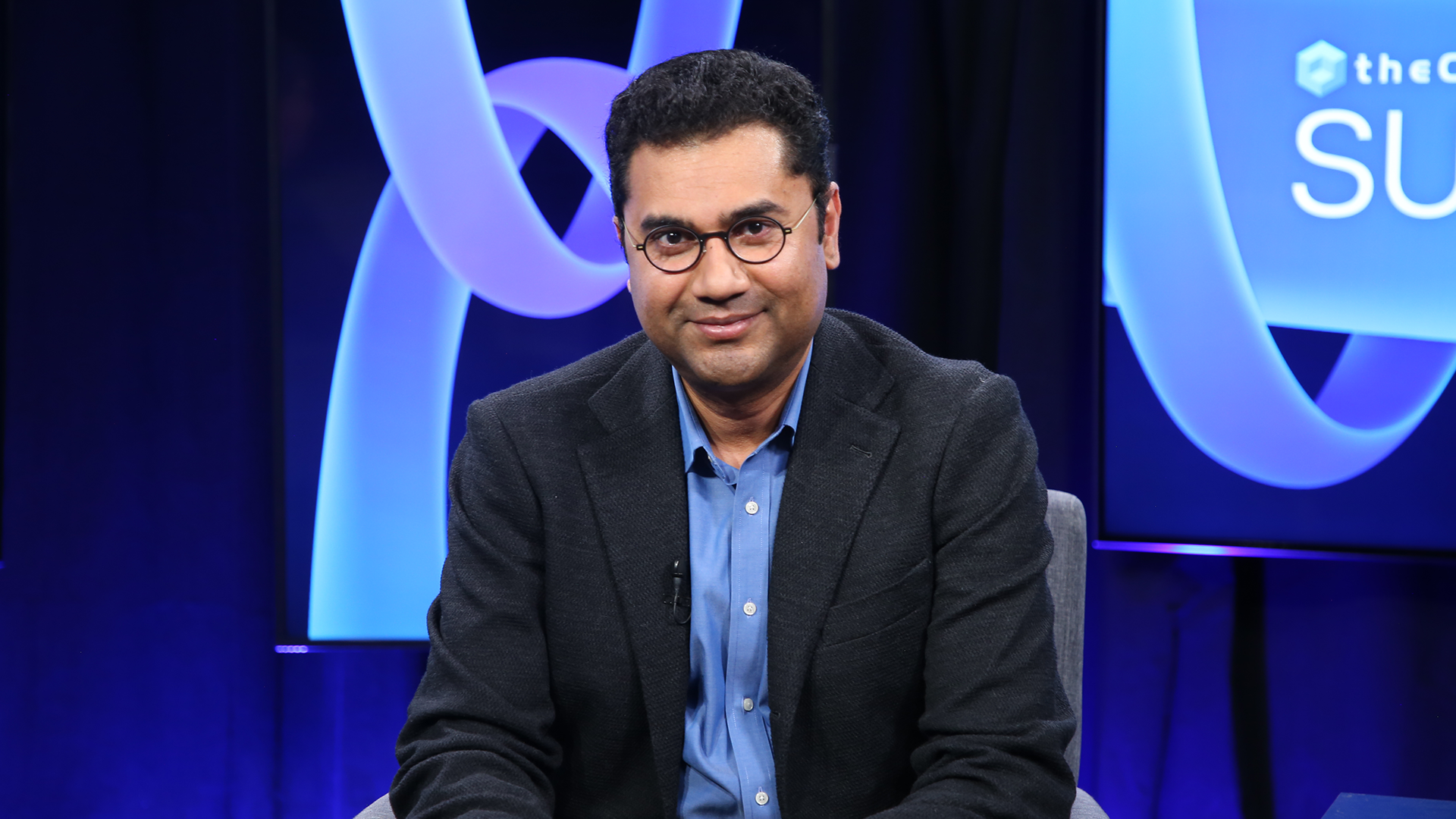

Neo4j on how knowledge graphs shape data strategies - SiliconANGLE
source link: https://siliconangle.com/2024/03/14/neo4j-knowledge-graphs-shaping-data-strategies-supercloud6/
Go to the source link to view the article. You can view the picture content, updated content and better typesetting reading experience. If the link is broken, please click the button below to view the snapshot at that time.
Neo4j on how knowledge graphs shape data strategies

There’s a lot of AI innovation of late, and it’s continuing to disrupt organizations across industries. Infrastructure, software layers, abstractions and applications are all being refactored and reset. Knowledge graphs, meanwhile, are playing a big role.
Cloud operations, encompassing public cloud, on-premises, edge and superintelligent edge have become the norm in the new distributed computing paradigm, enhanced by generative AI. Databases are plentiful, and graphs, time series, structured and unstructured all have to work together. Generative AI has made a huge difference and has made it so organizations don’t need to build their own model anymore, according to Chandra Rangan (pictured), chief marketing officer of Neo4j Inc. Instead, it’s possible to use a general-purpose model to build an application around it.
“The conversation then shifts from, ‘Hey, how do I build the best model?’ That’s an important conversation,” Rangan said. “It’s happening with a few vendors, like OpenAI and the Googles and the Amazons and so on. But for enterprises, they’re looking at it and saying, ‘Hey, maybe I don’t need to build my own model.’”
Rangan spoke with theCUBE Research analyst John Furrier at the “Supercloud 6: AI Innovation” event, during an exclusive broadcast on theCUBE, SiliconANGLE Media’s livestreaming studio. They discussed the evolution of cloud operations and the role of knowledge graphs in enhancing AI applications and data privacy concerns.
Generative AI’s impact on data utilization and privacy
If enterprises do consider using a general-purpose model and do something with it to create an application, there could be trouble ahead, according to Rangan. The first type of trouble is the amount of data involved.
“I’ve got a lot of data that I want as part of the model so that it can be queried, but I don’t want to share that necessarily in the public domain with a general purpose model that I can’t get back,” Rangan said. “How do you access proprietary data and keep it proprietary, and have controls around it while still using a gen AI model? That’s where databases and the [retrieval-augmented generation] architecture is a super critical part of it.”
In recent months, companies have sought to balance cost reduction and new revenue generation avenues through generative AI. Data becomes important in two related but separate ways, according to Rangan.
“The first is, I have my data that I want to hold as my own, and it’s my IP, and I want to monetize that IP. Should I and can I give that away for public good?” Rangan said. “But it’s not really public good because somebody else is making money off of it. So, that kind of doesn’t make sense.”
Holding onto one’s own data but still driving insights and value from it is one part of the equation. But there’s a second part of that equation, which is that just because a company has data doesn’t mean it’s useful.
“I have to structure it in a way that it becomes useful. How is data useful today? Data is useful because I can actually see patterns and I can understand the context of the questions I ask,” Rangan said. “That’s why knowledge graphs [have] now become a big part of the gen AI stack.”
Here’s the complete video interview, part of SiliconANGLE’s and theCUBE Research’s coverage of the “Supercloud 6: AI Innovation” event:
Photo: SiliconANGLE
A message from John Furrier, co-founder of SiliconANGLE:
Your vote of support is important to us and it helps us keep the content FREE.
One click below supports our mission to provide free, deep, and relevant content.
Join our community on YouTube
Join the community that includes more than 15,000 #CubeAlumni experts, including Amazon.com CEO Andy Jassy, Dell Technologies founder and CEO Michael Dell, Intel CEO Pat Gelsinger, and many more luminaries and experts.
THANK YOU
Recommend
About Joyk
Aggregate valuable and interesting links.
Joyk means Joy of geeK